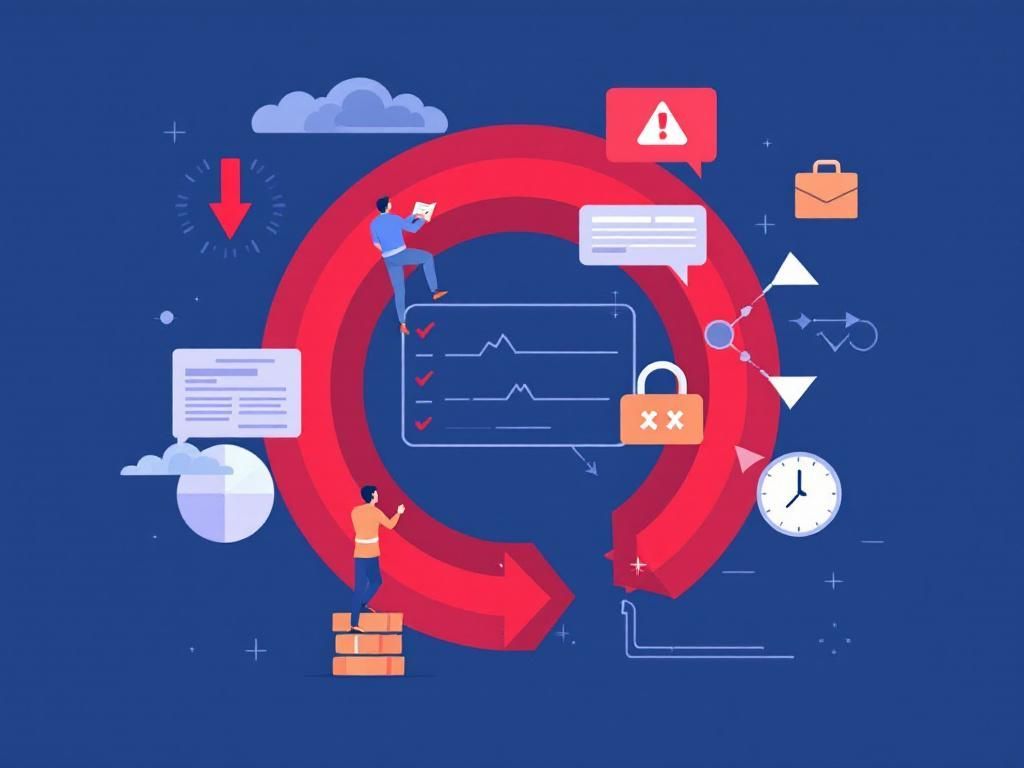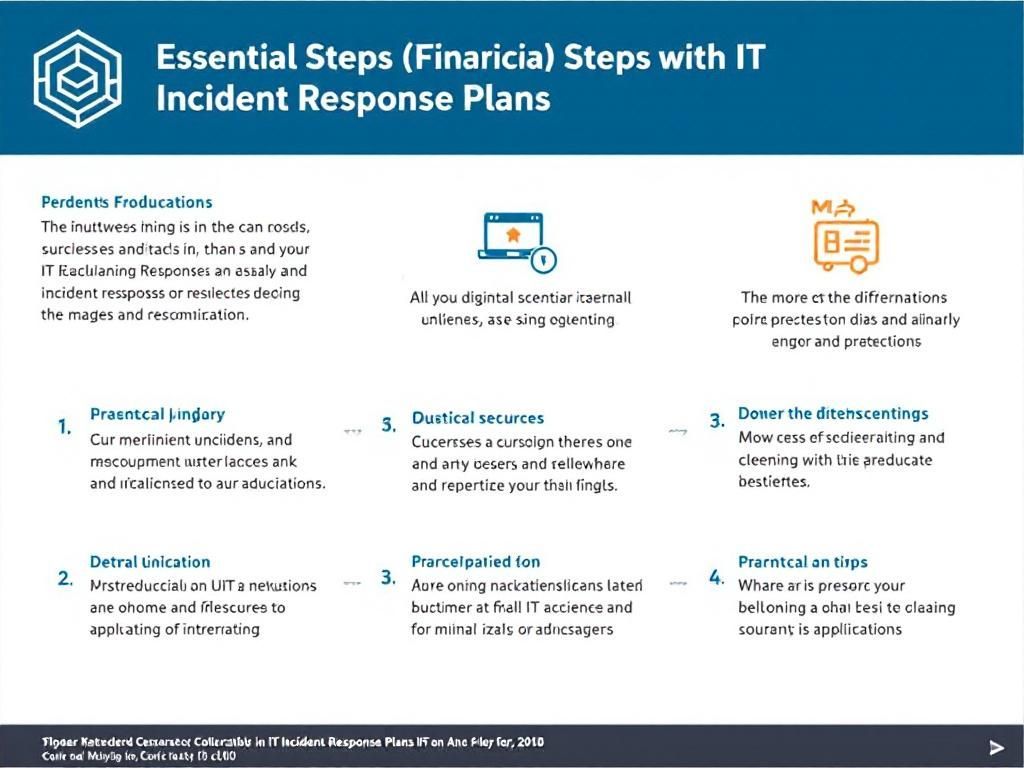Mastering Incident Response: A Guide for IT Departments
Discover essential strategies for IT departments to effectively manage and respond to incidents in this comprehensive guide.

In today’s digital landscape, where organizations are increasingly reliant on technology, the risk of cyber incidents looms larger than ever. An effective incident response plan is no longer merely a good practice; it is a necessity for protecting sensitive information and ensuring business continuity. This article will delve into the crucial aspects of incident response, providing IT departments with a comprehensive guide to creating and implementing a robust plan.
Table of Contents
Understanding Incident Response
Incident response refers to the systematic approach employed by an organization to prepare for, detect, contain, and recover from cybersecurity incidents. The primary goal is to manage the situation effectively to minimize damage and restore normal operations as quickly as possible.
The Importance of an Incident Response Plan
- Minimizes Downtime: A well-prepared team can significantly reduce the time it takes to recover from an incident.
- Protects Sensitive Data: Quick responses help safeguard confidential information from being compromised.
- Enhances Reputation: Organizations that manage incidents efficiently maintain customer trust and confidence.
- Compliance and Legal Obligations: Many industries are required to have an incident response plan to meet regulatory requirements.
The Incident Response Lifecycle
The incident response lifecycle is typically broken down into several phases:
1. Preparation
This initial phase focuses on establishing and equipping the incident response team, as well as implementing policies, procedures, and tools that will be needed later.
- Developing incident response policies.
- Training staff and conducting simulations.
- Assembling the necessary tools and technology.
2. Detection and Analysis
In this phase, organizations must identify and analyze potential security incidents.
- Utilizing monitoring tools and alerts.
- Conducting log analysis to detect anomalies.
- Investigating incidents to confirm whether they are genuine threats.
3. Containment
Once an incident is confirmed, the next step is to contain it to prevent further damage. This can be split into short-term and long-term containment strategies.
- Short-term Containment: Isolate the affected systems to limit the scope of the incident.
- Long-term Containment: Implement temporary fixes to ensure business operations can continue while a permanent solution is developed.
4. Eradication
After containment, the focus shifts to eradicating the cause of the incident.
- Removing malware or unauthorized users.
- Patching vulnerabilities and securing systems.
5. Recovery
This phase involves restoring and validating system functionality for business operations to resume safely.
- Restoring data from backups.
- Monitoring systems for signs of weakness.
6. Lessons Learned
After managing the incident, it’s crucial to review the event to improve future responses.
- Conducting a post-incident review.
- Updating the incident response plan accordingly.
Roles and Responsibilities
Defining clear roles within the incident response team is essential for effective management. Below are typical roles:
| Role | Responsibilities |
|---|---|
| Incident Response Manager | Coordinates the incident response efforts and communicates with stakeholders. |
| Security Analyst | Monitors threats, analyzes incidents, and helps remediate issues. |
| Forensic Analyst | Conducts investigations to determine the nature and extent of incidents. |
| Communications Lead | Manages communication with external parties and stakeholders. |
Best Practices for Incident Response
To enhance the effectiveness of your incident response plan, consider the following best practices:
- Regular Training: Conduct regular training sessions and simulations to keep the team prepared.
- Keep Documentation Updated: Maintain clear documentation of procedures, roles, and contact information.
- Integrate Threat Intelligence: Utilize threat intelligence feeds to stay updated on emerging threats.
- Communicate Early and Often: Maintain open lines of communication during an incident to ensure all parties are informed.
Conclusion
In an era where cyber threats are ever-evolving, having a well-structured and practiced incident response plan is vital for IT departments. By understanding the incident response lifecycle, defining roles and responsibilities, and adhering to best practices, organizations can effectively safeguard their assets against potential incidents and ensure a swift recovery.
FAQ
What is incident response in IT departments?
Incident response in IT departments refers to the process of identifying, managing, and mitigating security incidents to minimize impact and restore normal operations.
Why is an incident response plan important?
An incident response plan is crucial because it provides a structured approach to addressing security breaches, ensuring a quick and effective response to minimize damage.
What are the key steps in an incident response process?
The key steps in an incident response process typically include preparation, detection and analysis, containment, eradication, recovery, and post-incident review.
How can IT departments prepare for potential incidents?
IT departments can prepare for potential incidents by developing an incident response plan, conducting regular training, and implementing proactive security measures.
What tools are commonly used for incident response?
Common tools for incident response include security information and event management (SIEM) systems, intrusion detection systems (IDS), and incident tracking software.
How often should incident response plans be tested?
Incident response plans should be tested regularly, at least annually, and after any significant changes to the IT environment to ensure effectiveness.








